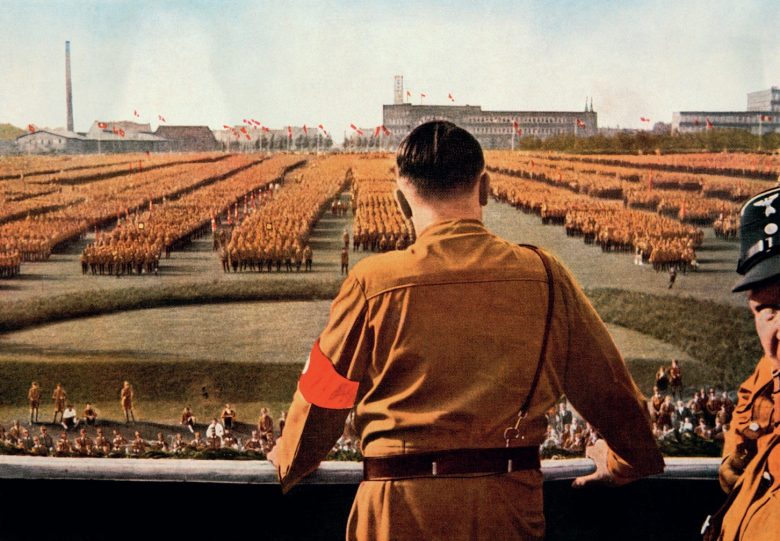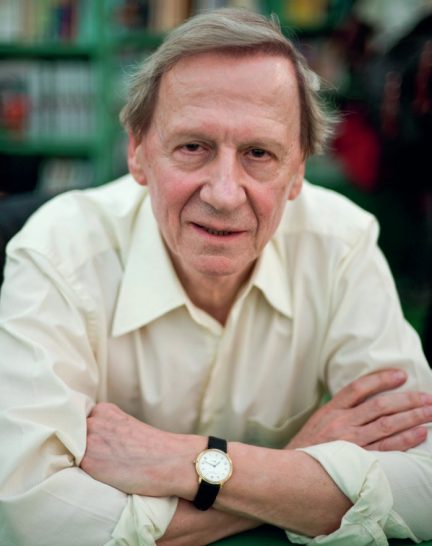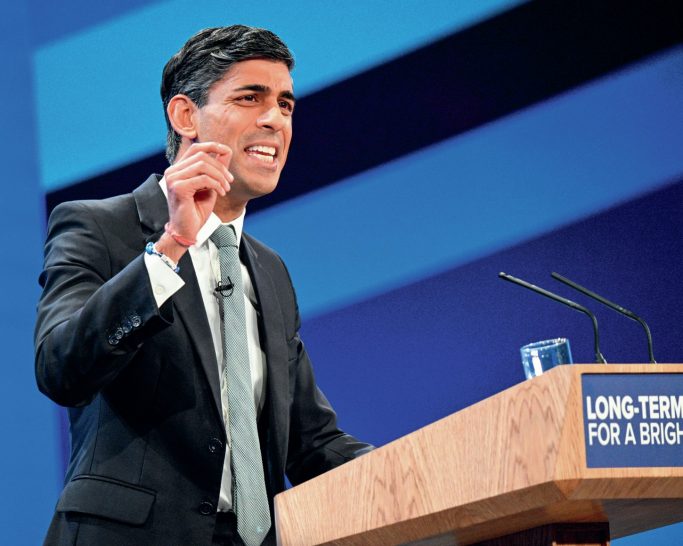
David Cameron and supporters at the 2014 Conservative Party conference
Voting behaviour used to be relatively simple. In the 1950s, turnout exceeded 80%, and the vast majority of working-class people voted Labour, while the vast majority of middle-class people voted Conservative. Since then, there has been a trend of class dealignment, whereby voting has become less dependent on class:
■ In the 1974 general election, 56% of middle-class voters chose the Conservatives, but only 39% did so in 2010.
Your organisation does not have access to this article.
Sign up today to give your students the edge they need to achieve their best grades with subject expertise
Subscribe




